Transcription of Center for Applied Research in the Apostolate Georgetown ...
1 Center for Applied Research in the Apostolate Georgetown University Washington, DC New Sisters and Brothers Professing Perpetual Vows in Religious Life: The Profession Class of 2017 A Report to the Secretariat of Clergy, Consecrated Life and Vocations United States Conference of Catholic Bishops January 2018 Thu T. Do, LHC, Mary L. Gautier, Table of Contents Executive Summary .. 1 Major Findings .. 2 Introduction .. 5 Institutes Reporting Perpetual Professions .. 6 Age of Professed .. 7 Race and Ethnic Background.
2 8 Country of Birth and Age at Entry to the United States .. 9 Family Background .. 10 Education .. 12 Educational Debt .. 14 Work Experience .. 15 Participation in Religious Programs, Activities, or Ministries .. 16 Private Prayer Practices and Prayer Groups .. 18 Consideration of a Vocation to Religious Life .. 20 Initial Acquaintance with the Religious Institute .. 22 Vocation/Discernment Programs and Experiences .. 24 1 Center for Applied Research in the Apostolate Georgetown University Washington, DC New Sisters and Brothers Professing Perpetual Vows in Religious Life: The Profession Class of 2017 Executive Summary This report presents findings from a national survey of women and men religious who professed perpetual vows in 2017 in a religious congregation, province, or monastery based in the United States.
3 To obtain the names and contact information for these women and men, the Center for Applied Research in the Apostolate (CARA) contacted all major superiors of all religious institutes that belong to either the Leadership Conference of Women Religious (LCWR) or the Council of Major Superiors of Women Religious (CMSWR), the two leadership conferences of women religious in the United States. CARA also contacted the major superior of all religious institutes who belong to the Conference of Major Superiors of Men (CMSM). Finally, CARA contacted the major superiors of 136 contemplative communities of women in the United States that were identified by the USCCB Secretariat of Clergy, Consecrated Life and Vocations.
4 Each major superior was asked to provide contact information for every member of the institute who was scheduled to profess perpetual vows in 2017 . CARA then contacted these men and women religious by e-mail or mail to explain the project and ask them to complete a brief online survey. After repeated follow-ups, CARA received a response from 600 of 768 major superiors, for an overall response rate of 78 percent among religious institutes. Five religious institutes were not interested in participating in the studies. In all, 93 percent of LCWR superiors, 76 percent of CMSWR superiors, 77 percent of CMSM superiors, and 53 percent of superiors of contemplative communities provided contact information for 208 members that professed perpetual vows in religious life in 2017 .
5 Of these 208 identified women and men religious, a total of 100 sisters and nuns and 51 brothers and priests responded to the survey by January 13, 2017 . These 51 men include brothers, priests, and those pursuing studies leading to priestly ordination. This represents a response rate of 73 percent of the 208 potential members of the Profession Class of 2017 that were reported to CARA by major superiors. 2 Major Findings Eight in ten responding religious institutes (80 percent) had no one professing perpetual vows in religious life in 2017 .
6 One in eight institutes (13 percent) had one perpetual profession and just under one in ten (8 percent) reported two or more. The average age of responding religious of the Profession Class of 2017 is 41. Half of the responding religious are age 36 or younger. The youngest is 24 and the oldest is 86. More than two in three responding religious (64 percent) report their primary race or ethnicity as white. Nearly two in ten (18 percent) identify as Asian, and more than one in ten (11 percent) identifies as Hispanic. Most responding religious (71 percent) were born in the United States.
7 Of those born outside the United States, the most common country of origin is Mexico. On average, the respondents who were born outside the United States were 23 years old when they first came to the United States and lived here for 16 years before perpetual profession. Family Background Nearly nine in ten responding religious (88 percent) have been Catholic since birth. More than three-quarters (77 percent) come from families in which both parents are Catholic. Among the 12 percent of respondents who became Catholic later in life, the average age at which they converted was 22.
8 Nearly nine in ten responding religious (85 percent) of the Profession Class of 2017 have more than one sibling. One in ten (11 percent) have one brother or sister. Nearly four in ten (37 percent) report having two or three. Nearly a half (46 percent) have four or more siblings. Education, Work, and Ministry Experience Half of the responding religious (50 percent) attended a Catholic elementary school, which is a little higher than that for all Catholic adults in the United States (39 percent). These respondents are also more likely than other Catholics to have attended a Catholic high school (44 percent of responding religious, compared to 19 percent of adult Catholics) and much more likely to have attended a Catholic college (43 percent of responding religious, compared to 10 percent of adult Catholics).
9 Responding women religious are more likely than responding men religious to have attended a Catholic college (47 percent for women compared to 36 percent for men). The Profession Class of 2017 is highly educated. Twenty-five percent of responding religious earned a graduate degree before entering their religious institute. More than 3two-thirds (69 percent) entered their religious institute with at least a bachelor s degree (61 percent for women and 83 percent for men). Most religious did not report that educational debt delayed their application for entrance to their institute.
10 Among the 6 percent who did report educational debt, however, they averaged about years of delay while they paid down an average of $33,700 in educational debt. Family members and friends/co-workers are the most common source of assistance for paying down educational debt. Nearly all responding religious (85 percent) had work experience prior to entering their religious institute. Of those who were employed, almost a quarter (23 percent) were employed part-time and more than three in five (62 percent) were employed full-time before entering the institute.
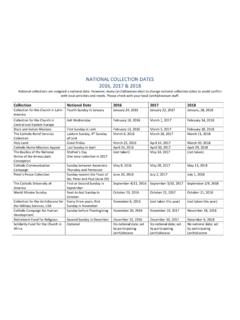
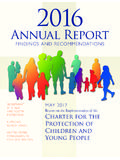

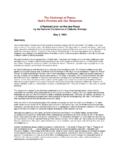
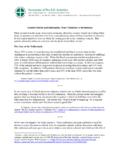
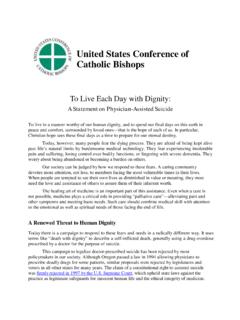
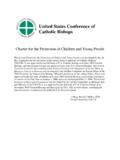
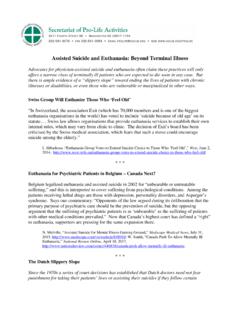
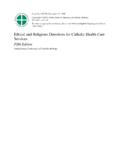
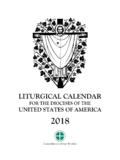

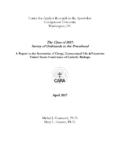
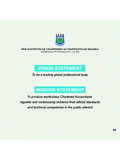
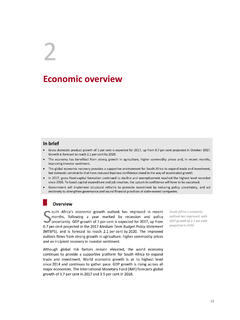
![g{x [ÉÄç atÅx Éy ]xáâá Vtà{ÉÄ|v VÉÅÅâÇ|àç exwÄtÇwá? …](/cache/preview/5/8/1/0/a/a/3/8/thumb-5810aa38c1bd2a0125bb675295555445.jpg)

